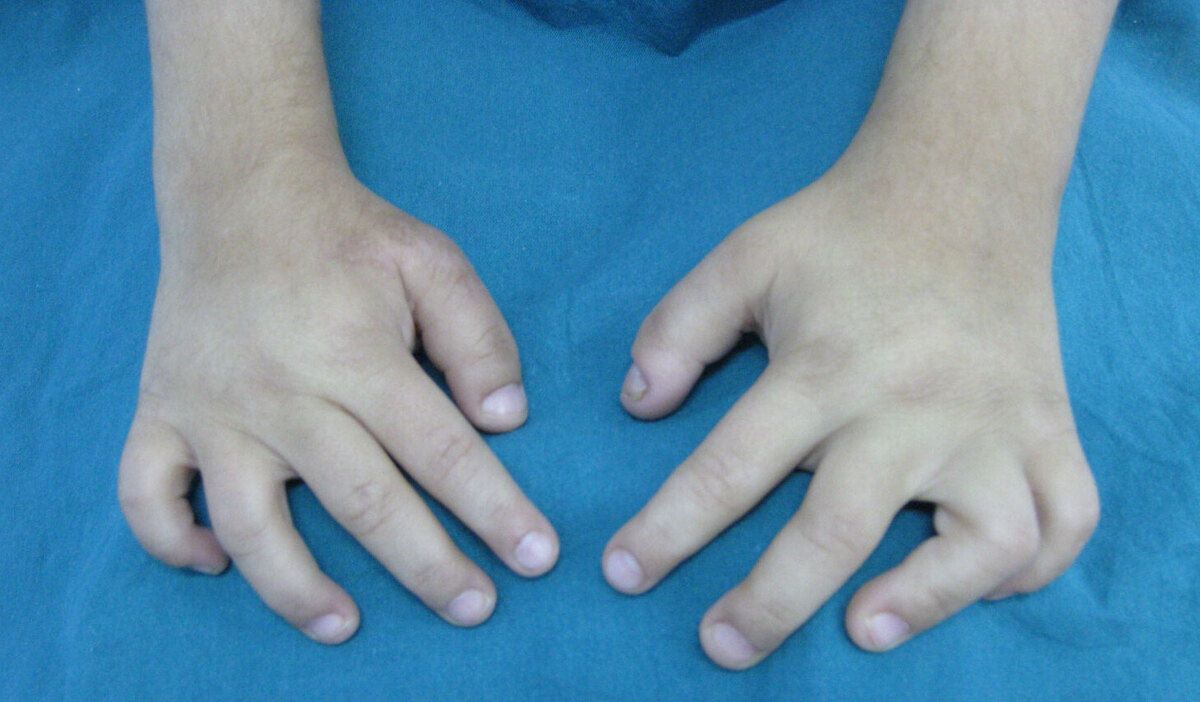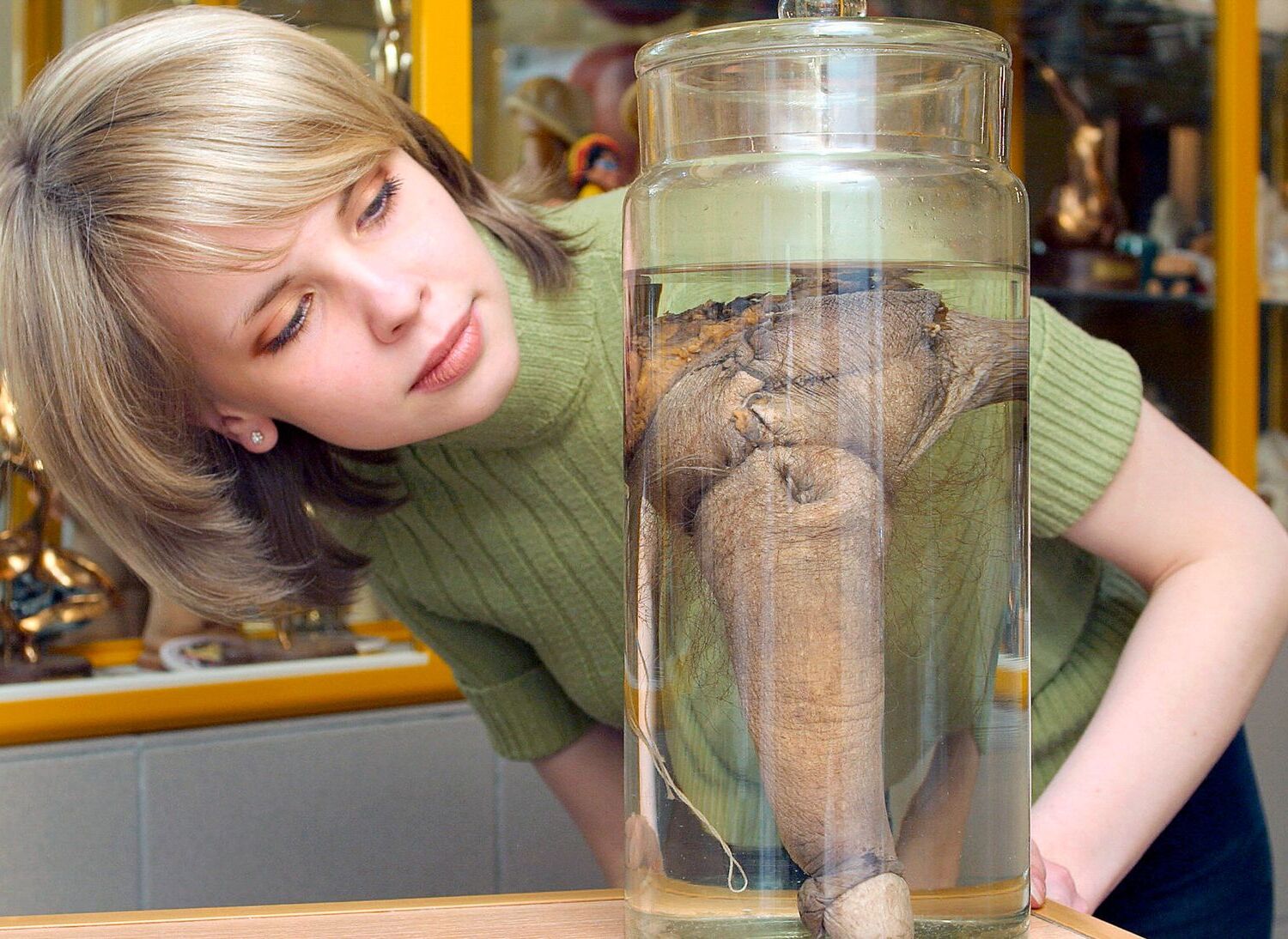
Frank–Ter Haar Syndrome is a rare genetic disorder that affects multiple parts of the body. Caused by mutations in the SH3PXD2B gene, it leads to distinctive facial features, skeletal abnormalities, and eye problems. Children with this syndrome often have a large head, prominent forehead, and wide-set eyes. Developmental delays and intellectual disabilities are also common. Diagnosing this condition can be challenging due to its rarity and the overlap of symptoms with other disorders. Treatment focuses on managing symptoms and improving quality of life. Understanding this syndrome helps in providing better care and support for affected individuals and their families.
What is Frank–Ter Haar Syndrome?
Frank–Ter Haar Syndrome (FTHS) is a rare genetic disorder that affects multiple parts of the body. Named after the researchers who first described it, this condition is characterized by distinctive facial features, skeletal abnormalities, and eye problems. Let's dive into some fascinating facts about this rare syndrome.
Genetic Basis of Frank–Ter Haar Syndrome
Understanding the genetic foundation of FTHS helps in diagnosing and managing the condition better.
- FTHS is caused by mutations in the SH3PXD2B gene. This gene plays a crucial role in cell signaling and structural integrity.
- The syndrome follows an autosomal recessive inheritance pattern. Both parents must carry one copy of the mutated gene for a child to be affected.
- Genetic testing can confirm the diagnosis. Identifying mutations in the SH3PXD2B gene helps in confirming FTHS.
Physical Characteristics of Frank–Ter Haar Syndrome
Individuals with FTHS often exhibit unique physical traits that can aid in early diagnosis.
- Distinctive facial features are common. These include a prominent forehead, wide-set eyes, and a flat nasal bridge.
- Skeletal abnormalities are frequently observed. These can include short stature, joint stiffness, and abnormal bone growth.
- Eye problems are a hallmark of FTHS. Glaucoma, cataracts, and other vision issues are prevalent among those affected.
Health Complications Associated with FTHS
The syndrome can lead to various health challenges that require ongoing medical attention.
- Heart defects are often present. Congenital heart issues, such as septal defects, are common in individuals with FTHS.
- Respiratory problems can occur. Due to skeletal abnormalities, breathing difficulties may arise.
- Developmental delays are typical. Both physical and cognitive development can be slower compared to peers.
Diagnosis and Management of Frank–Ter Haar Syndrome
Early diagnosis and appropriate management can improve the quality of life for those with FTHS.
- Prenatal diagnosis is possible. Genetic testing during pregnancy can identify FTHS.
- Multidisciplinary care is essential. A team of specialists, including geneticists, cardiologists, and ophthalmologists, is often required.
- Regular monitoring is crucial. Frequent check-ups help manage and mitigate complications.
Living with Frank–Ter Haar Syndrome
Despite the challenges, individuals with FTHS can lead fulfilling lives with proper support.
- Early intervention programs can aid development. Physical, occupational, and speech therapy can help address developmental delays.
- Support groups provide emotional assistance. Connecting with others facing similar challenges can be beneficial.
- Educational accommodations may be necessary. Tailored learning plans can support academic success.
Research and Future Directions
Ongoing research aims to better understand and treat FTHS.
- Animal models are used in research. Studying FTHS in animals helps scientists understand the condition better.
- Gene therapy holds promise. Future treatments may involve correcting the genetic mutations causing FTHS.
- Increased awareness can lead to earlier diagnosis. Educating healthcare providers about FTHS can improve early detection rates.
Notable Cases and Awareness
Highlighting real-life stories can help raise awareness about FTHS.
- Awareness campaigns are growing. Organizations and families are working to increase public knowledge about FTHS.
- Notable cases have been documented. Sharing the experiences of those living with FTHS can inspire and inform others.
Final Thoughts on Frank–Ter Haar Syndrome
Frank–Ter Haar Syndrome, a rare genetic disorder, affects multiple systems in the body. Understanding its symptoms, causes, and treatments can help families and medical professionals manage the condition better. Early diagnosis is crucial for improving the quality of life for those affected. Genetic counseling can provide valuable insights for families with a history of the syndrome.
Research continues to uncover more about this complex disorder, offering hope for better treatments in the future. Awareness and education about Frank–Ter Haar Syndrome can lead to earlier interventions and support for those impacted. Sharing knowledge and experiences within the community can make a significant difference.
Remember, staying informed and connected with healthcare providers and support groups can provide the necessary resources and emotional support. By working together, we can improve the lives of those living with Frank–Ter Haar Syndrome.
Was this page helpful?
Our commitment to delivering trustworthy and engaging content is at the heart of what we do. Each fact on our site is contributed by real users like you, bringing a wealth of diverse insights and information. To ensure the highest standards of accuracy and reliability, our dedicated editors meticulously review each submission. This process guarantees that the facts we share are not only fascinating but also credible. Trust in our commitment to quality and authenticity as you explore and learn with us.


